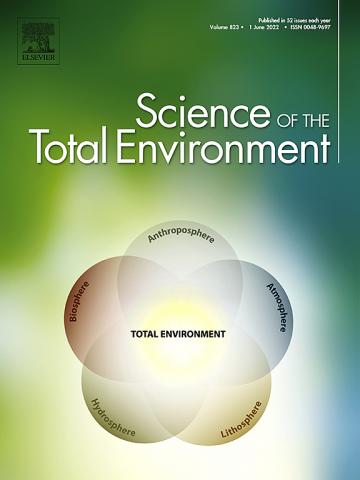- Home
- Department
- Research
- Teaching
- Post Graduate Studies
- Services and Equipment
- Knowledge Transfer
New publication - Is airborne graphene oxide a possible hazard for the sexual reproduction of wind-pollinated plants?
Published on "Science of The Total Environment"
News typology:
home
Abstract
Products containing graphene-related materials (GRMs) are becoming increasingly common, allowing GRM nanoparticles (NPs) to enter the environment during their life cycle. Thanks to their lightness and bidimensional geometry, GRM NPs can be easily dispersed in the air and travel very long distances. The flowers of wind-pollinated plants may be exposed to airborne GRMs, being apt to intercept pollen from the air and, inevitably, other airborne particles. Here, stigmas of four wind-pollinated plants (Corylus avellana, common hazel; Juglans regia, walnut; Quercus ilex, holm oak; Zea mays, maize) were exposed to airborne graphene oxide (GO) and GO purified from production residues (PGO) at a concentration of 3.7 ng m−3. Subsequently, the stigmas were pollinated and the adhesion of GOs and their effects on stigma integrity and pollen-stigma interaction were examined. The effect of GO NPs in presence of liquid water on the stigma of C. avellana was also investigated. GOs NPs were intercepted by all species, but their effect varied among them. GO reduced pollen adhesion in J. regia and Q. ilex, whereas pollen germination was unaffected in all four species. The presence of a film of water neither completely removed GO NPs from the stigma, nor it enhanced the toxic effect of GO acidity. PGO never affected pollen-stigma interaction, indicating that the phytotoxic substances used for the production of GO, still in traces in commercial GO, are the main cause of GO toxicity. These results reconfirm the need to verify GRMs effects also on key biological processes beside single model organisms.
The research involved the Biology of lichen symbiosis group, coordinated by Prof. Mauro Tretiach

Last update: 04-08-2022 - 10:01



